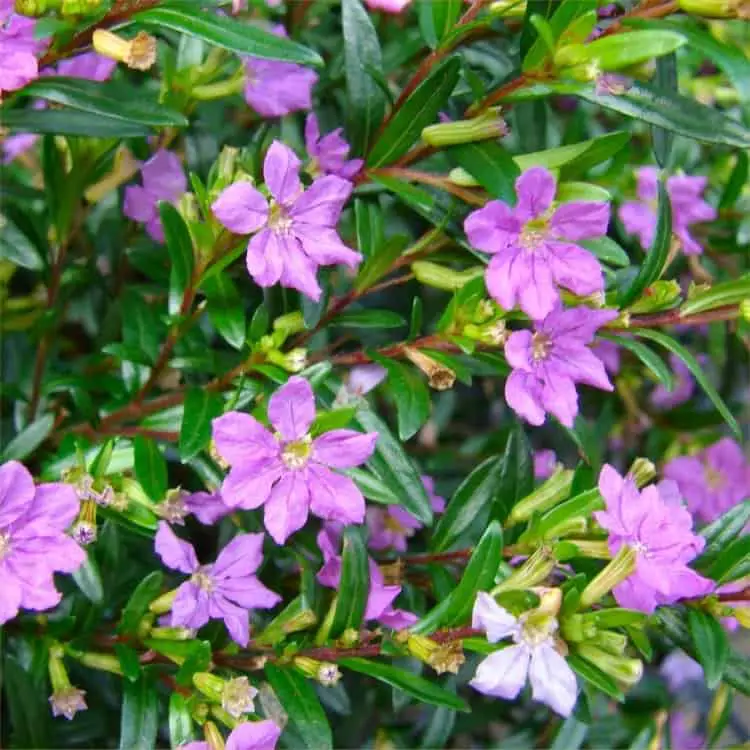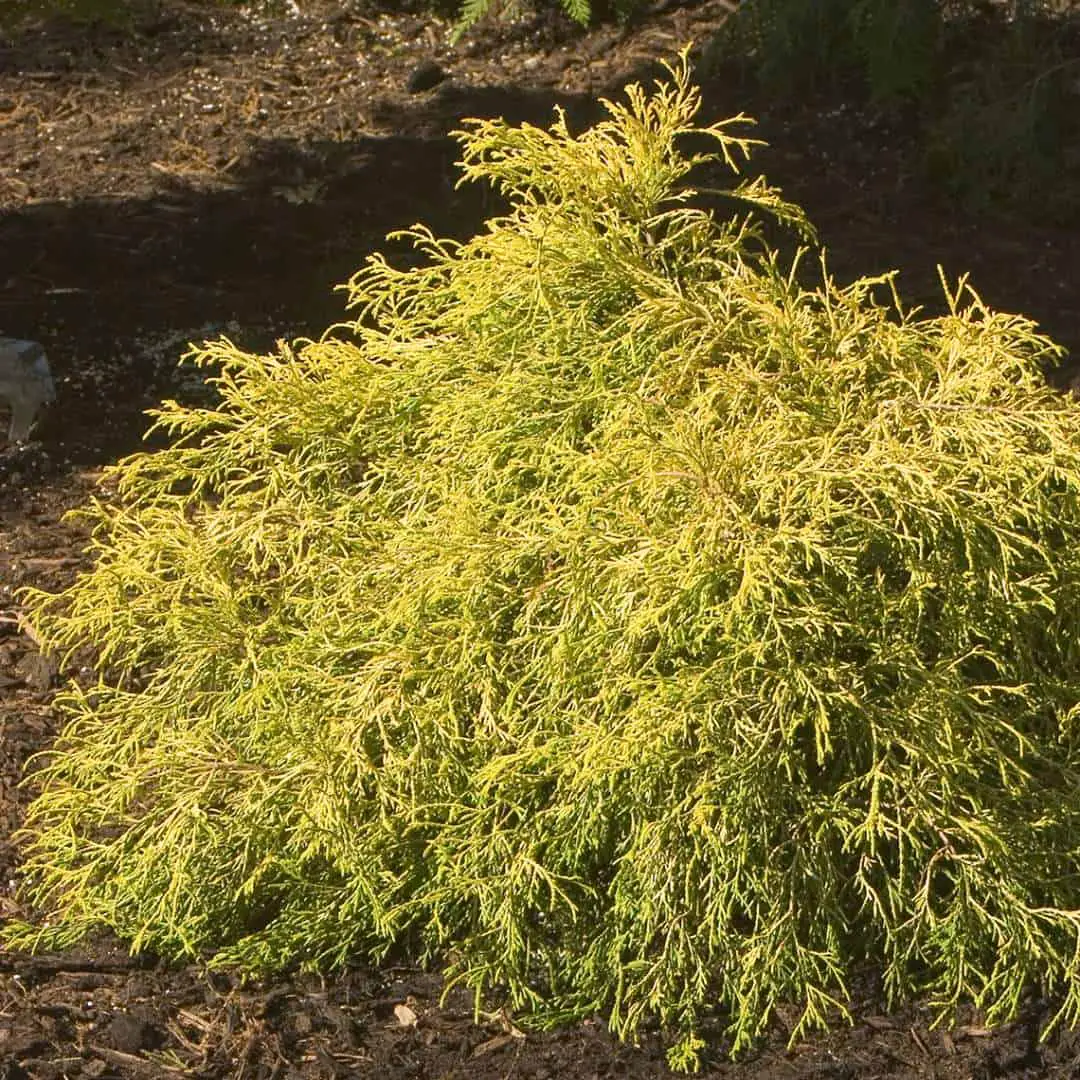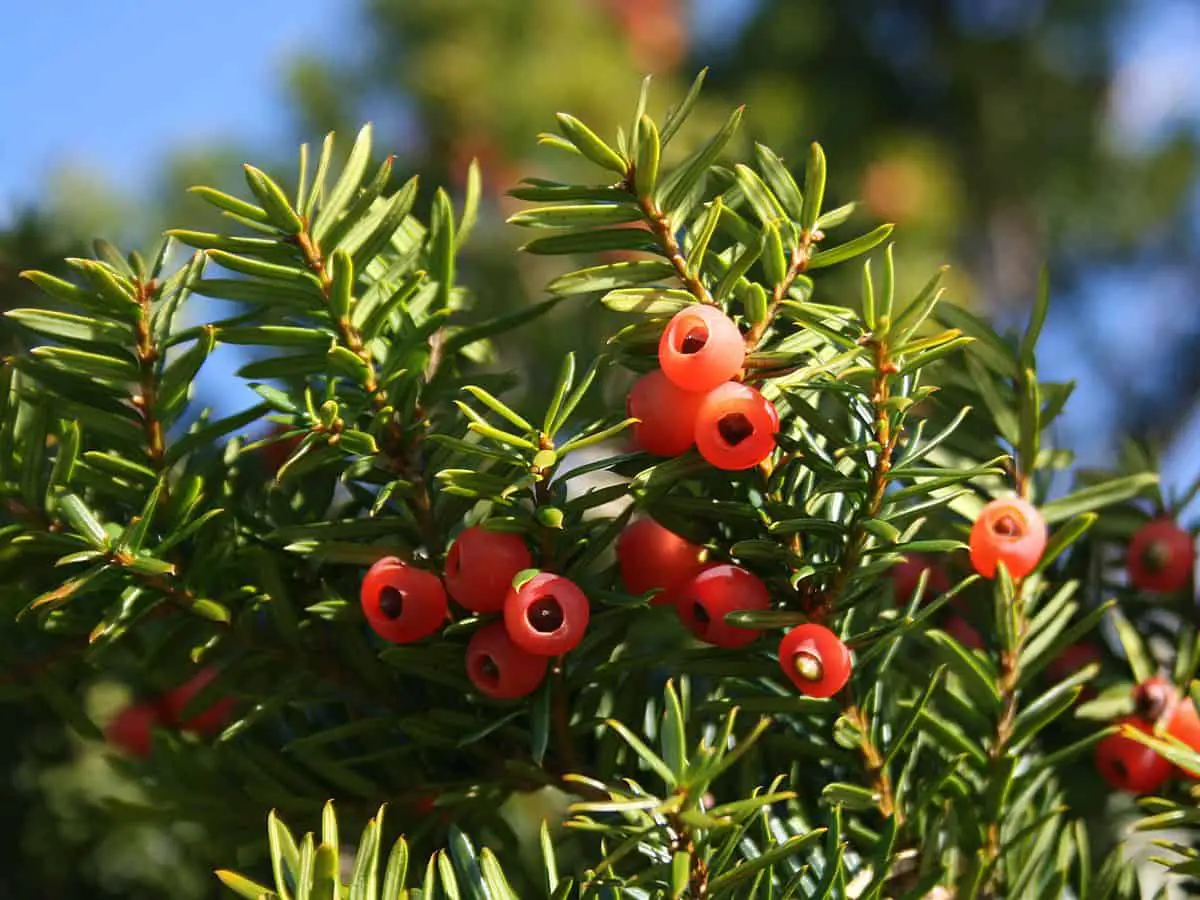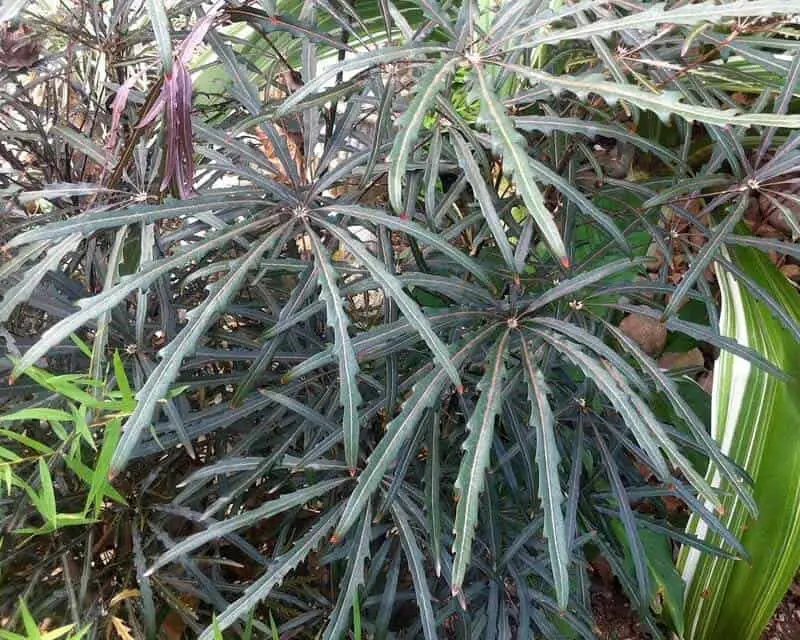Pygmy Date Palm belongs to a huge family of plants named as Arecaceae that consists of 2500+ plants from different regions all over the world. The scientific name of Pygmy Date Palm is Phoenix roebelenii. Pygmy Date Palm is a great addition of your garden place if you love to have palm trees in a small capacity. The word Pygmy refers to the smaller size. It is insanely popular due to its compact size and its ability to grow in a variety of tropical and sunny conditions.
- Humidity
- Watering Requirements
- Light Requirements
- Soil Conditions
- Organic Matter
- Pruning
- Other Tips
- Frequently Asked Questions (FAQs):
- Question: Can we eat Pygmy Date Palm fruit?
- Question: How long do pygmy date palms live?
- Question: How do you revive a pygmy date palm?
- Question: Can you separate pygmy date palms?
- Question: Are pygmy date palm roots invasive?
- Question: How much big do pygmy date palms get?
- Question: Is pygmy date palm poisonous to dogs?
Pygmy Date Palm is not native to a specific part of the world. As it is more well suited for tropical climates , the origin is related to areas such as South China, Vietnam, and Laos, etc. With proper care and efforts, the Pygmy Date Palm can be grown to reach the height up to 10 feet or so. Usual height ranges from 6 to 10 feet. This is an ideal plant for domestic use as it can be grown in pots and kept outside if the climate is right and similarly, it can be kept inside in harsh weather conditions. The ideal zones for its growing at Zone 10-11 as the climate in them resemble that of Asia. They are preferred to be planted at the entrance of the house.
Usually, Pygmy Date Palm is grown in a group where multiple of its plants are put together. It gives an overall pleasing look to the area. Pygmy Date Palm does not sucker whether it is grown single or in a group. As compared to big palm trees, they have relatively thin trunks. However, the thickness varies from thin to thick as you move from bottom to the top. The curve in the trunk can be achieved by planting them at an angle.

The fronds are long and have a feathery appearance. It consists of some tiny leaflets as well. They are sharp near the end but that does not resemble the thorny leaflets of big palm trees. The color is normally in the shades of green. The fronds are regarded as soft or delicate in general.
Whenever you hear the word palm, the picture of date palm comes to mind and you would be thinking about the delicious edible dates. However, this is not the case with Pygmy Date Palm.
It does not bear any kind of edible fruit for almost the first 5 years of its plantation. It is a slow growing plant in this regard. Pygmy Date Palm also produces flowers in the growing season of spring. The cream-colored blooms give the canopy a decent outlook which would then later on turn reddish to form a ripe fruit in the summers.
Being a summer loving plant, they are hard to keep at a place with severe winters. But they are not concerned about the soil types as far as the other requirements for their growth are being dealt with.
To make sure that your Pygmy Date Palm is growing the way it should be, here are a few things that you need to keep in check.
Humidity
Pygmy Date Palm is known to grow best in environments with high humidity levels. It means that the air has more concentration of water particles in it than normal. As their water requirement is higher than the other plants, the increased level of humidity in the air helps them keep up with the demand of water in case there is a dry period as far as watering is concerned.
Use of the humidifier is recommended to maintain the desired level of humidity.
Watering Requirements
Pygmy Date Palm is a hydrophilic plant. That means that it loves the presence of moisture and will grow best in such conditions. However, keeping the soil soggy is not recommended at all. Instead, the soil should be kept just a little moist. Although the need is high, excessive watering can hamper the overall growth. To know about this, keep an eye on the color of the leaves. If the color is turning brown, either you are doing more watering than the plant’s need or you are using hard water.
You should maintain a regular watering schedule and stick to it. The ideal schedule is watering the plants at least 3 times in a week. Keeping it moist will help it gain a brighter and lust outlook. It can tolerate a little bit of drought time if the air has enough humidity. But, in the winter season, the water requirement of Pygmy Date Palm is dropped. So, you need to wait for the soil to dry out from the previous watering before you do it further. For the spring and autumn season, keep up with your regular schedule of watering.
Light Requirements
Pygmy Date Palm thrives best in the sunlight. However, partial shade exposure also works for them. Generally full sun exposure is ideal in case of coastal areas. While in inland areas, filtered light is more suitable.
Direct exposure can be harmful in some cases as the delicate leaves can die or burn under it. It is best to let them grow under controlled exposure. If they are being placed in a low light scenario, be careful not to do excessive watering as it can damage the plant. As per the guidelines, they grow best if they are placed near the south or east-facing windows.
Soil Conditions
The quality and properties of soil play a vital role in the growth of any plant. Same is the case with Pygmy Date Palm. Some specific properties of soil control the ideal nourishment of Pygmy Date Palm.
Although the Pygmy Date Palm is not a choosy plant in terms of soil, the trend shows that it prefers the acidic soil more. Acidic soil is the soil with pH value less than 7. If planted in basic soil, the plant can face deficiency of magnesium or potassium that can lead to diseases such as appearance of spots on the leaves/fronds. They can be grown in clay even if the watering needs are catered to.
Pygmy Date Palm likes to grow in a rich organic soil to fulfill its high need of nutrients. The need for the nutrients can also be met by adding organic fertilizers as well.
A well-drained soil is recommended for the best access of watering to the root system. This would mean the excellent growth of the root system overall. If the soil at the desired station does not have good drainage capability, it can be mixed with some amount of sand for improvement in this regard. The important thing is to keep the soil moist always but not soggy.
Organic Matter
As discussed above, Pygmy Date Palm flourishes in a nutrient rich environment. In case your soil lacks the necessary nutrients, you can always treat it with the right fertilizers to improve its quality. All you have to do is pick the right fertilizer for your needs. If your leaves are losing their color, this is a sign for you to add the fertilizer to the soil.
If you are planting a new Pygmy Date Palm tree, you do not need the fertilizer for the first two to three months at least. At the early stages of growth, the use of fertilizer can damage the roots and the trunk of the growing plant. Similarly, the use of fertilizer is not needed if you are doing indoor plantations.
Choosing the right type of fertilizer meant for Pygmy Date Palm is necessary as the wrong ones can adversely affect the growth. Pygmy Date Palm needs regular addition of fertilizer after the initial growing period. The right type of fertilizer for the Pygmy Date Palm will have high content (10-12%) of Potassium.
It is recommended to fertilize at least four times a year. The quantity should be approximately one and a half to two pounds of fertilizer for 100 feet of plantation area.
The nutrients present in the soil are an essential item for the nourishment of the plant. However, you can not always have the best soil with all the ideal requirements fulfilled. If your soil lacks nutrients, you can always improve it by the addition of fertilizers. Choosing the best type of fertilizer is necessary for fast growth.
You can also use liquid fertilizers at half strength than the solid fertilizer in case of non-availability of solid compost or any other issues.
Pruning
Pygmy Date Palm is not a plant that requires frequent pruning. The fronds of Pygmy Date Palm can grow up to 6 feet. However, they are prone to attacks from the insects. Similarly, the extra exposure of light can burn them or the lack of nutrients in the soil can make them lose their color. In any such case, the pruning of such fronds becomes necessary to keep the appearance of Pygmy Date Palm nice and tidy.
Pruning of Pygmy Date Palm is not a hard task. However, as the edges of leaflets are sharp, protective eyewear is necessary when doing pruning. Over pruning is not recommended as the new fronds have nutrients that are required by the tree for its growth. The dead leaves must be cut close to the leaf base to maintain the looks.
Other Tips
· Pygmy Date Palm is a fairly easy to grow plant, it can tolerate even a little period of drought too.
· They are usually grown in groups, but a single stem plant will grow faster as the competition for the nutrients will be none.
· Opposite to the regular palm plants, the digging and transplantation of the Pygmy Date Palm is not an easy task. It requires skilled manpower.
· Generally, Pygmy Date Palm is prone to the attacks of insects and pests. But there are some that can attack it for example scale, mealy bugs, weevils, and aphids. The use of insecticides is recommended to counter these attacks, or some predator insects can be used as well.
· Temperatures above the twenties tend to favor the growth of Pygmy Date Palm. Below this, it is not ideal, but the growth continues. However, without frost protection, the temperatures below the zero line will stop its growth.
Frequently Asked Questions (FAQs):
Question: Can we eat Pygmy Date Palm fruit?
Answer: Yes, the fruit of the Pygmy Date Palm is edible, but this plant is not grown for its fruit as it might take several years to grow to the limit for producing fruits.
Question: How long do pygmy date palms live?
Ans: Being a slow growing plant, Pygmy Date Palm grows to be an adult tree in almost five to seven years. It can survive for more than ten years if it is taken care of and protected from the frost.
Question: How do you revive a pygmy date palm?
Answer: Lack of nutrients can cause a pygmy date palm to die. Nutrients such as Potassium, Nitrogen and Phosphorus are required by the phoenix palm. If your plant appears to be dying, you need to feed the soil with appropriate fertilizer immediately to save it.
Question: Can you separate pygmy date palms?
Answer: Pygmy Date Palms are often grown in groups. However, if you want, you can separate them and grow as a single stem. They might lose some roots, but they will grow given the good conditions.
Question: Are pygmy date palm roots invasive?
Answer: Pygmy Date Palm roots are not invasive at all. They are shallow and extend vertically downward as far as the crown to take water from a wider area.
Question: How much big do pygmy date palms get?
Answer: In height, the pygmy date plants can grow from 6 feet to 12 feet with a widespread at the top.
Question: Is pygmy date palm poisonous to dogs?
Answer: Pygmy date palm is not toxic for the cats and dogs.




